|
Here are my own thoughts in the wake of Mantel’s recent comments on royalty and the media, and in particular those scathing words she uttered about the Duchess of Cambridge, which have created a deluge of opinion, providing an opportunity to look more carefully at the way female public figures are scrutinized in the media.
I am an unwavering fan of Mantel as a writer and thinker. I understand Mantel's argument and feel that she was forwarding a fascinating, relevant intellectual idea, and indeed was correct in pointing out that throughout history royal women have been used as blank canvasses on which society has projected its particular fantasies (usually political at heart), which are completely divorced from the women who inspire them. I do however feel that Mantel fell into her own trap and by making her point about the ‘mannequin’ like duchess she was perhaps forgetting that there is indeed a real woman with real feelings behind the 'hand-turned and gloss varnished' Kate Middleton we see in the media, and that the real flesh and blood Kate Middleton (the one lurking behind the façade she presents to the public) may well have been deeply hurt by the language Mantel used to drive home her point. From so-called ‘she-wolf’ Isabella of France; to Anne Boleyn, who was for some a whore and others a martyr; to Marie Antoinette, who needs no introduction and also received a drubbing from Mantel; to the People’s Princess Diana, royal consorts have been used to serve the political agendas of their friends and enemies alike. They hold a public position in which they are expected to appear as something – a figurehead, correctly appareled according to the mores of their time as an outward display of the success of the dynasty they represent. And so in a sense ‘mannequin’ is not an inaccurate term to describe the way clothing becomes an intrinsic part of the symbolism of the role, whether it is the bejeweled gowns of the Tudor queens or the high street outfits of Kate Middleton. Perhaps there is much Kate Middleton could learn from her earlier namesakes, both negative ones, such as Catherine Howard the seventeen-year-old queen executed for adultery, and positive, such as Katherine Parr the wife who survived marriage to Henry VIII with aplomb, but such a message needs to be delivered with tact and moreover with consideration for the woman behind the image. Kate Middleton might take reassurance from Katherine Parr. She was also miscast as something of a mannequin – the dull Tudor wife, dutiful, respectable and the perfect nursemaid to her ailing husband. But time has shown us that Katherine Parr was nothing like her public image, indeed she was clever enough to understand that as queen consort to a notoriously difficult king, it was all important to give the outward impression of perfection but as an intelligent woman it is more than likely she too understood that this public persona had nothing to do with her as a private person.
0 Comments
Subtitled Durer to Holbein, this exhibition shows a comprehensive collection of work with a whole room of Durer's astonishing engravings and a large number of portraits by Holbein and his followers, including some of the famous Holbein sketches that manage, in a few lines, to collapse time bringing the sitter vividly to life. They are displayed beside the final oils for which they were preparatory sketches – something I appreciated greatly. There is also a pair of fine tapestries and some Dutch works, including Breughel's extraordinary Massacre of the Innocents – a quotidian scene in which the butchered babies have been painted out at a later date with commentary on this. Another high point is the display of miniatures by Holbein, Horenbout and in particular Clouet whose portraits, both miniature and full-sized, are entirely beguiling.
The sheer extent of the material on show is an indication of how comprehensive the royal Collection must be. For anyone interested in the period it's well worth a visit... I shall definitely be going back for a second look and perhaps to one of the curators' talks which are on offer. Look out too for In Fine Style: The art of Tudor and Stuart Fashion scheduled for May. Link below to the Royal Collection site: The Queen's Gallery – Buckingham Palace It's pancake day today and it got me thinking about the way traditions persist over time even when they have become entirely detached from their origins. Once called Shrove Tuesday it was the day before the Lenten fast and the name derives from the notion of being shriven of one's sins before the start of Lent. The tradition of pancake eating comes from a need to use up the rich foods in the larder – eggs, milk, sugar – that were forbidden during Lent. Some also see the ingredients of the humble pancake as having symbolic significance: eggs – creation; milk – purity; salt – wholesomeness
Shrove Tuesday was something of a community celebration. The tradition of pancake races is said to derive from a woman in Olney who was so late for church she ran there in her apron, pan in hand and the rite exists to this day, with women dressing in pinnies to race through the rural towns of England tossing pancakes along the way. Another tradition is the football game which still exists, though happily in a less violent form. In Medieval times the game was mob-football where a gang of men would kick a ball towards a goal but the only rule appears to have been that murder or manslaughter were disallowed. This celebration exists in one form or another throughout the Christian world with Mardi Gras – or Fat Tuesday being one and is linked to carnival in many countries, a time when the normal rules are turned on their head.
|
Subscribe to Elizabeth's quarterly newsletter below:Archives
June 2018
Categories
All
|
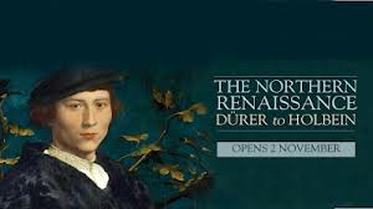
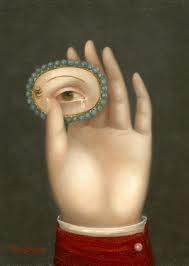
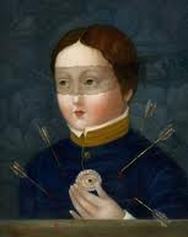
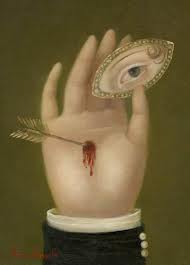
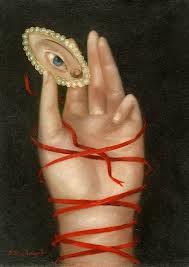
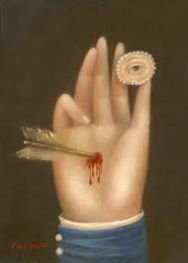
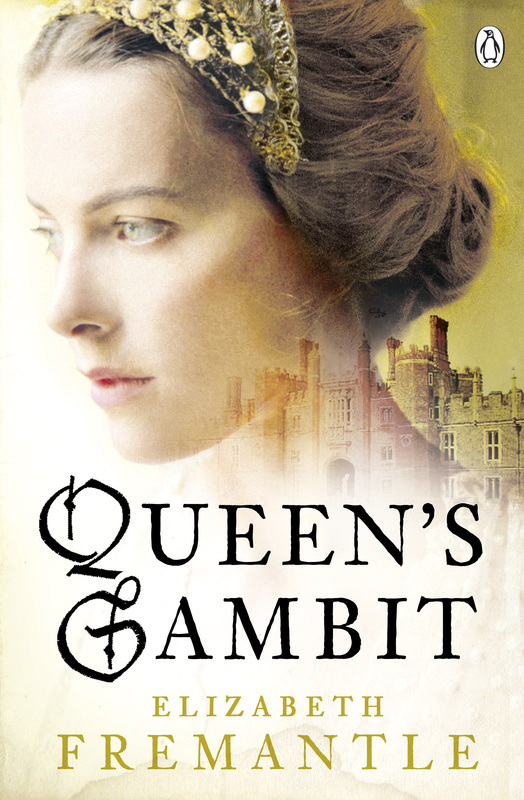
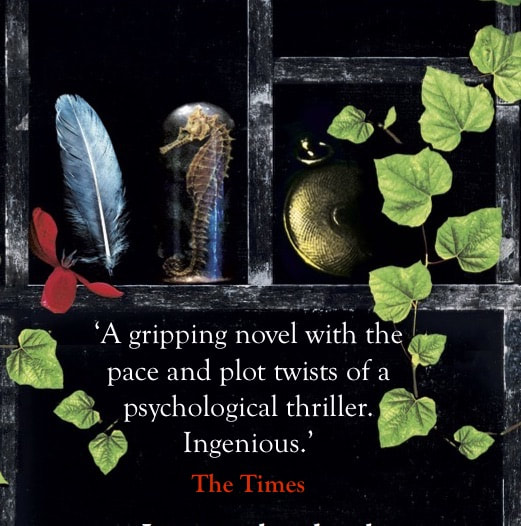
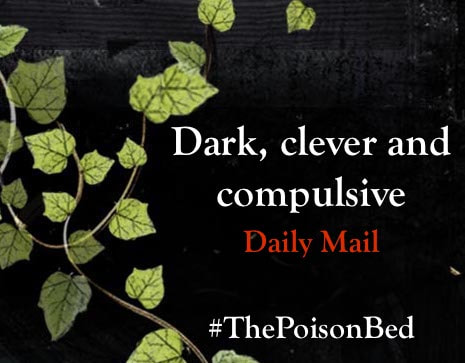
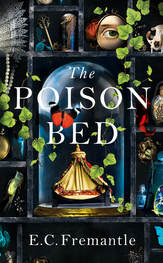
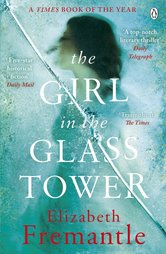
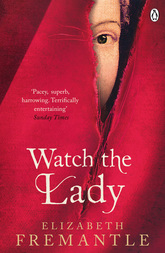
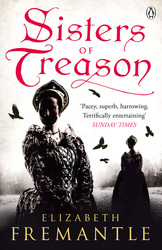
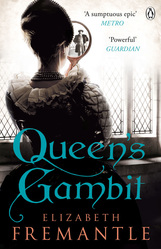
 RSS Feed
RSS Feed
